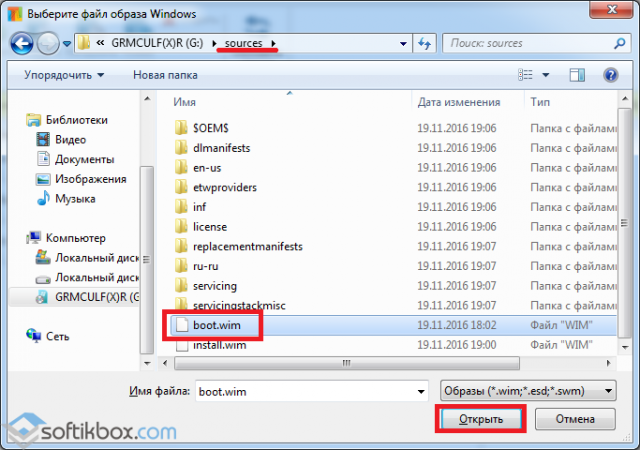

Examples: ASRock (Win 7 USB Patcher), MSI (MSI Smart Tool), Intel (Windows USB Installation Tool for Windows 7), Gigabyte (Windows USB Installation Tool), etc.
You can now delete the Windows 8 partition and expand the Windows 7 partition to use the space.Some motherboard vendors released special tools to integrate their USB drivers into your Windows 7 install image. Power off and remove the Windows 7 SSD. Fix the issue by using regedit to go to HKEY_LOCAL_MACHINE\SYSTEM\MountedDevices and swap the entries for \DosDevices\C: and \DosDevices\D: (just rename the key names). Windows will boot now, but it will boot from the D: partition and not C. Save and reboot, but keep the Windows 7 SSD installed. The efi at the end is the important part. 
Change ApplicationPath to "\windows\system32\winload.efi".In Visual BCD Editor, set ApplicationDevice and BootDevice to the correct partition, probably D.
 Now, download Visual BCD Editor and add a Windows 7 loader to the "Loaders" section. Windows Explorer won't work, but Robocopy works, so you can also clone the whole partition (not the whole disk), using an imaging tool. Format that big partition you made earlier and copy all files from the Windows 7 drive onto it. Shut down and install the SSD that has Windows 7 on it. Go through with the Windows 8 installation and boot from Windows 8. You should also see the UEFI partition and system-restore partition at this point. Now, create a second partition with the 100 GB, which will be used as an installation target for Windows 8. This big partition will be where Windows 7 will end up. Create one big partition spanning the whole drive, minus 100 GB. Boot off the Windows 8 install USB stick. Put that disk away for the moment and have the NVMe SSD as nothing more than a storage device. Install Windows 7 on a separate HDD/SSD, boot into it and install the Intel NVMe driver.
Now, download Visual BCD Editor and add a Windows 7 loader to the "Loaders" section. Windows Explorer won't work, but Robocopy works, so you can also clone the whole partition (not the whole disk), using an imaging tool. Format that big partition you made earlier and copy all files from the Windows 7 drive onto it. Shut down and install the SSD that has Windows 7 on it. Go through with the Windows 8 installation and boot from Windows 8. You should also see the UEFI partition and system-restore partition at this point. Now, create a second partition with the 100 GB, which will be used as an installation target for Windows 8. This big partition will be where Windows 7 will end up. Create one big partition spanning the whole drive, minus 100 GB. Boot off the Windows 8 install USB stick. Put that disk away for the moment and have the NVMe SSD as nothing more than a storage device. Install Windows 7 on a separate HDD/SSD, boot into it and install the Intel NVMe driver. 
You basically want the Windows 8 bootmanager and UEFI loader partition on the drive, which then loads the Windows 7 EFI kernel loader. I spent a couple days with this problem and figured out a complicated fix, but it does work. So.looks as though Windows 7 users are out of luck? Not exactly. I will paste here in case something happened to the original:








 0 kommentar(er)
0 kommentar(er)
